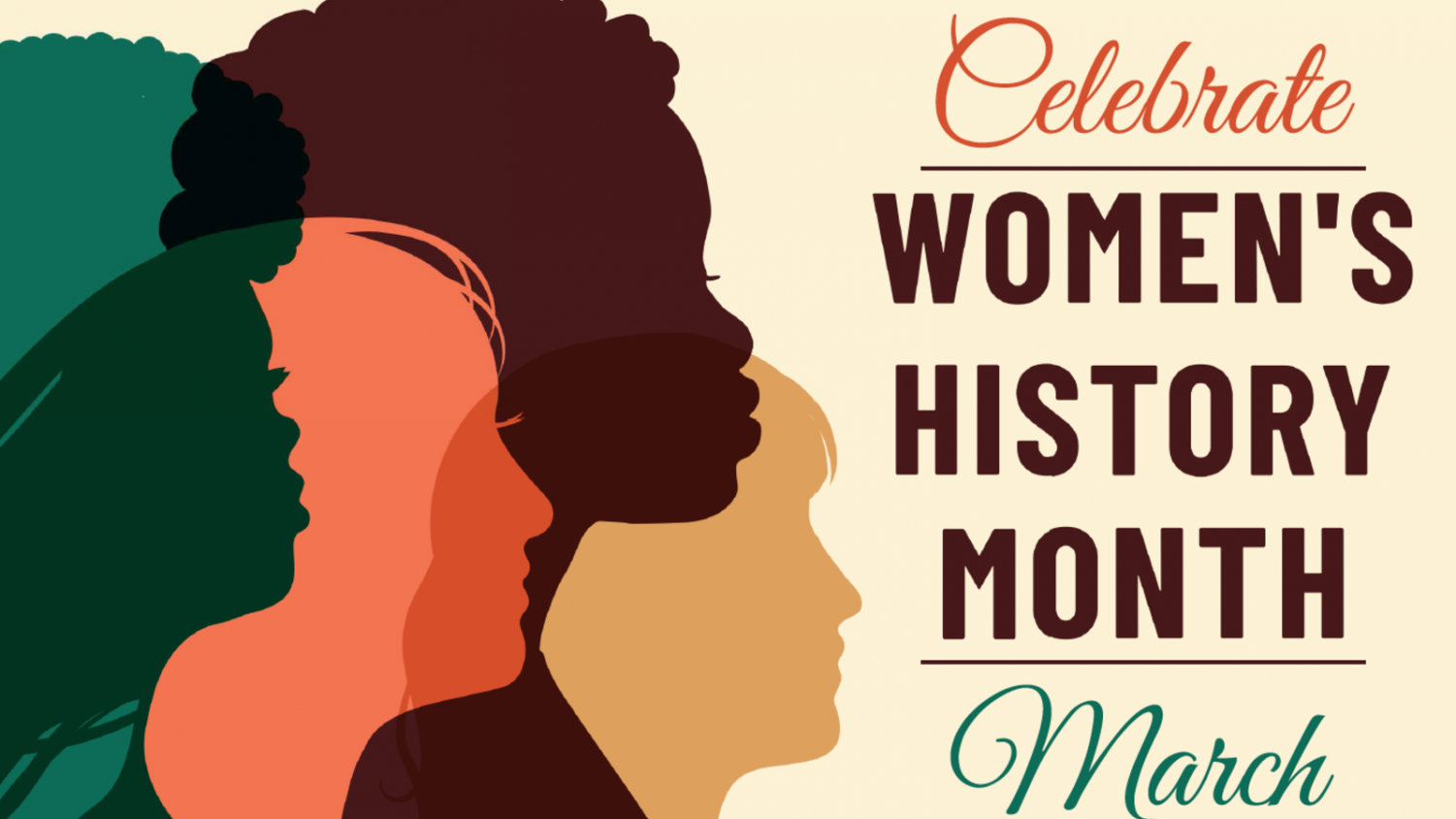Jane Goodall
March 22, 2021
Jane Goodall is an exceptional scientist who made groundbreaking discoveries about chimpanzees. Much of what we know today about chimpanzees is because of Goodall’s research.

When she was a child, Goodall was always observing the animals with her best friend Jubilee, a chimpanzee stuffed animal. At 18, she left school to work as an assistant in a film production until she was given an opportunity to go to Africa. Thanks to a friend, paleoanthropologist Dr. Louis Leakey, in 1960, she was able to stay at the Gombe Stream Game Reserve, which is now a national park.
Gombe was where she made the legendary discoveries about chimpanzees behavior which reshaped everyone’s perception of the ape. Goodall observed that chimpanzees were omnivores like humans, not herbivores, and that like humans, chimpanzees have complex social interactions. She also realized that chimpanzees created their own tools to gather food, such as sticking blades of grass into termite mounds to harvest a mouthful of crunchy crawlies. These observations allowed scientists to understand how closely humans are related to chimpanzees.
In 1965, she was awarded a Ph.D. in ethology; she was one of the few candidates at the University of Cambridge that received a Ph.D. without having a degree. Goodall’s work did not stop there. She noticed the deforestation at the Gombe Game Reserve and began to advocate against the threat to the animals and the environment. She established the Jane Goodall Institute (JGI) in 1977 and the Roots & Shoots to help encourage people all around the world to protect the environment.
At 86, Jane Goodall is still working to protect the chimpanzees by raising money and awareness to support wildlife conservation and critical habitats. She travels around 300 days a year to spread the word.
References
National Geographic Society. (2017, November 08). Jane Goodall. Retrieved March 12, 2021, from https://www.nationalgeographic.org/article/jane-goodall/

